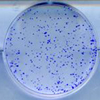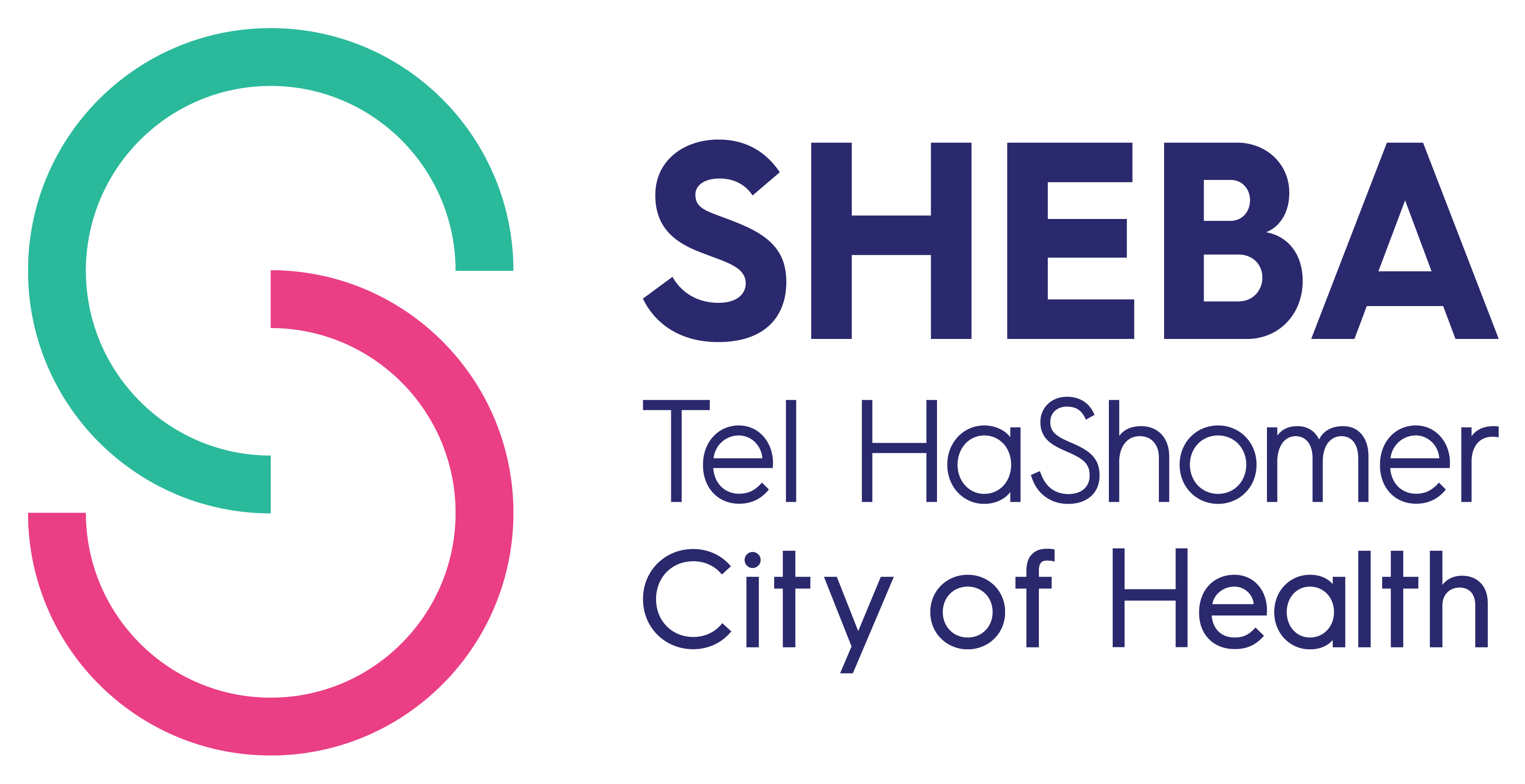Pediatric solid tumors drug efficacy and mechanism of action
Cannabis sativa L. produces approximately 60 unique compounds known as cannabinoids, of which tetrahydrocannabinol (THC) is the most abundant and CBD is a non psychoactive compound.
Cannabinoids has been shown to inhibit chemotherapy-induced nausea and vomiting. We use different Cannabinoids in pediatric tumors cell lines, primary cells and xenografts, in order to study their anti-tumoral effect and mechanism of action in a cellular model and in xenografts.
In our present study we focus on the effect of CBD and THC on NB cell lines, primary cells and Xenografts. We hypothesize that the non-psychotropic CBD will have equal or even better anti-tumor activity against NB in comparison to the psychotropic THC without the fear of developing psychological side effects.
We will also try to study whether the concomitant use of cannabinoids with the state of the art anti neuroblastoma drugs Temozolomide (TMZ) and Cisplatin .
Our preliminary results showed a most impressive effect of CBD on Neuroblastoma cell lines with regard to cell viability. This effect is mediated by apoptosis.
This effect was also shown in xenografts.










